Affiliate links on Android Authority may earn us a commission. Learn more.
We interviewed Fairphone, a smartphone company that sets an example for fairer electronics
Published onMarch 4, 2016
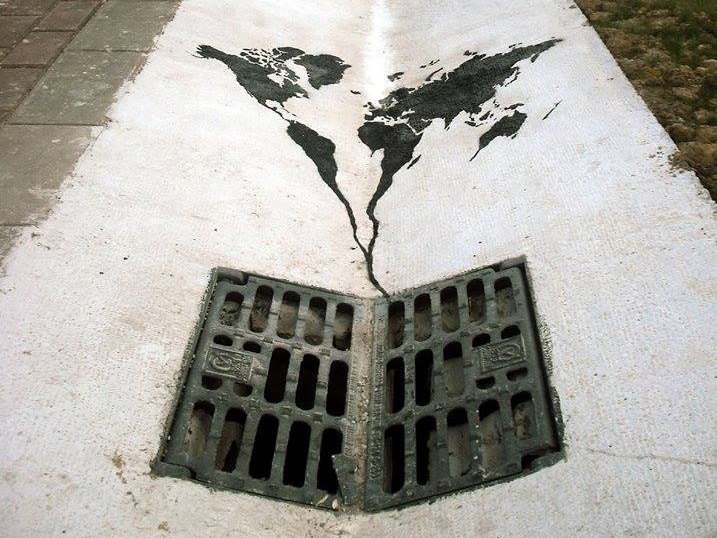
In an earlier feature, we discussed the ecological impact of our smartphone addiction and explored ways we can improve on our environmental and social footprints. This feature led to a correspondence between us and a smartphone company which aims to do exactly that: Fairphone.
Fairphone is two things: a “smartphone with social values” and a “social enterprise that is building a movement for fairer electronics.” In other words, it’s more than just a device – it’s a mean to a very noble end: making the entire electronics value chain fairer for everyone involved.
To learn more about the Fairphone movement, we interviewed the project’s Tessa Wernink and Bibi Bleekemolen and talked about various aspects of running an ecologically friendly smartphone business.
AA: The Android smartphone market is crowded and there is strong competition for the market share. What is the key gap in the market the Fairphone is aiming to fill?
TW: Your question assumes that we started up as a smartphone company from the beginning, targeting a specific audience; but actually Fairphone started up as a movement supported by the people who thinks that moving towards an ecologically sustainable mobile technology business is an important issue. So at the heart of Fairphone, we have the people who invested into an idea rather than an end product. As a result, our motivation is to be an example to show that an environmentally friendly smartphone business is feasible.
AA: A statement on your webpage says that Fairphone is financed 100% independently. What does this mean in the real world?
TW: Fairphone was established by a combination of subsidies, individual bank loans and consumers who committed to buy our product when it is ready to launch and made payments upfront, majority of which we invest back to research. We still do not have equity partners.
AA: The information on your webpage suggests that you received around 60k pre-orders and shipped around 15k units of the Fairphone 2. How long is the average waiting time, considering that some customers may lose enthusiasm due to the long waits?
TW: So far, we had three sales periods: Fairphone 1, Fairphone 1U[pdated] and Fairphone 2. The first two generations were all sold out (25 and 35k, respectively). The time it took between pre-order and shipment was around six months. But with Fairphone 2, we are moving towards a modular system with continuous production in order to improve on the longevity of our product and this will also reduce the waiting time for our customers.
AA: I have a feeling that the majority of the people who wanted to get one of these devices, should already have a smartphone and just want to invest in the idea. Is this the case?
TW: Interestingly, around 48% of our customers never had a smartphone before. Around 31% of our users already had Android phones, and 12% shifted from iOS.
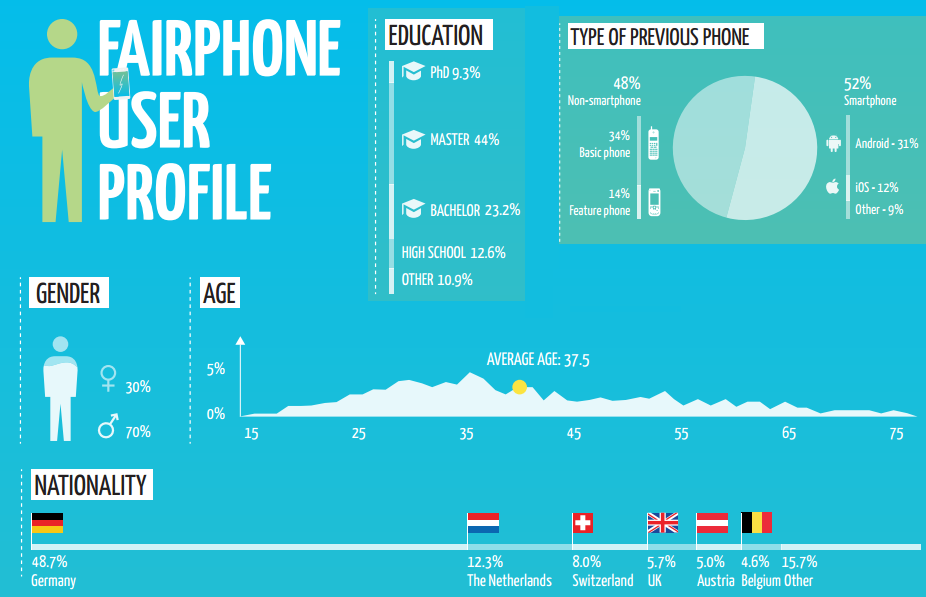
AA: Fairphone is modest enough to say that the most environmentally conscious action for potential customers is to use their current phones as long as possible. Are you not worried that people will end up liking your idealism, but won’t commit when the time comes to get a new smartphone? Because, in my point of view, the improvements on the smartphone components are saturating and I can’t really see myself getting another smartphone for at least 3 to 5 years (planned obsolescence aside) once I upgrade my current phone towards the end of 2016; which means that probably I can never be one of your customers. Don’t just think that this could be a challenge to your business model?
TW: On one hand we have people who would have an attachment to their devices and want to use them as long as possible; on the other hand, there will always be people who want to upgrade their phones every year, fueled by promotions from major carriers. I think tension between these two options will always be there in the market. Our aim is not only to sell phones, of course, this is needed for sustainable business, but also to demonstrate that another business model is feasible, which we are aiming to achieve by our modular approach.
AA: This actually connects to my point in our previous feature; that it is somewhat possible to customise the appearance of our smartphones (for example MotoMaker), but so far not the internal components (like ordering a laptop). I always think that it would be much better if OEMs produced a few different types of outer shells that customers can fill in by selecting the components which meet their individual needs the best.
TW: In order to address this issue, we are continuously working on improving the attractiveness of our product and business model to set an example but actually for other OEMs to follow.
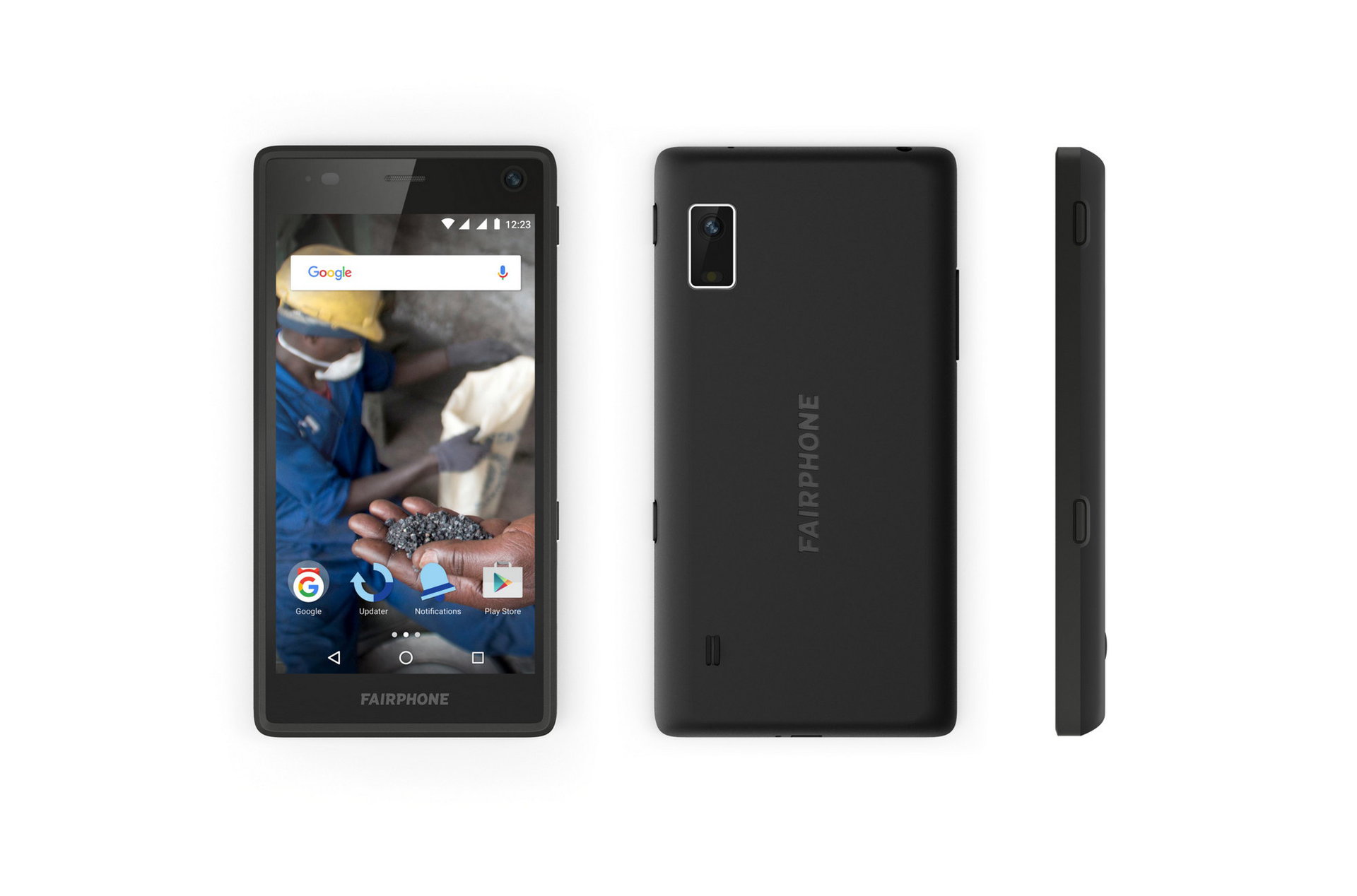
AA: The move towards transparency of operations is great and this is much needed in mobile technology business! Now that we have a better idea about your cost breakdown, what are the key components which drive the cost upwards from €325 to €525 between the first and second generations? In my opinion the increase in pricing is too steep. What were the improvements between two generations in terms of performance of the phone and in terms of reducing environmental footprint? Can you really justify this steep increase in the price tag?
TW: Yes and no. In the first generation, the phone was more of a mid-ranger product, which we wanted to improve on in the second generation. We wanted to use more higher-end components while maintaining focus on responsible sourcing of our materials. It is hard to give a specific value in terms of the improvements in the environmental footprint of our devices, but this is a domain which is a high priority for us and we are working on making continuous improvements. We initially wanted to set the price tag for the second-generation around €450, which was not possible because of using more up-to-date components and also our bargaining influence is not as high as other leading OEMs as we are currently manufacturing around 150,000 units per year.

AA: You are claiming to make €9/phone with €230 spent on materials for Fairphone 2. I do not want to dig too deeply into how that €230 are distributed between different materials, as I know these must be projections. Checking from your timeline, you have published your cost breakdown sheet for FP2 after getting sources for the necessary gold, but before sourcing for tin and coltan, which made me think whether gold prices are a main driver here. Is that really the case? But if we consider that gold prices have fallen in the last 5 years how does the increase in prices stack up?
TW: The cost breakdown is an estimate based on projections we get from the factory and other sources and based on the production of 150,000 phones. This means that actual figures might differ. But to put it into perspective when you talk about gold, we use approx. 100 grams for the production of 100,000 phones, so even though it is an estimate, the difference of the price on the world market wouldn’t drive this price significantly. Connecting responsible mining initiatives to the supply chain of Fairphone 2 inevitably increases our costs.
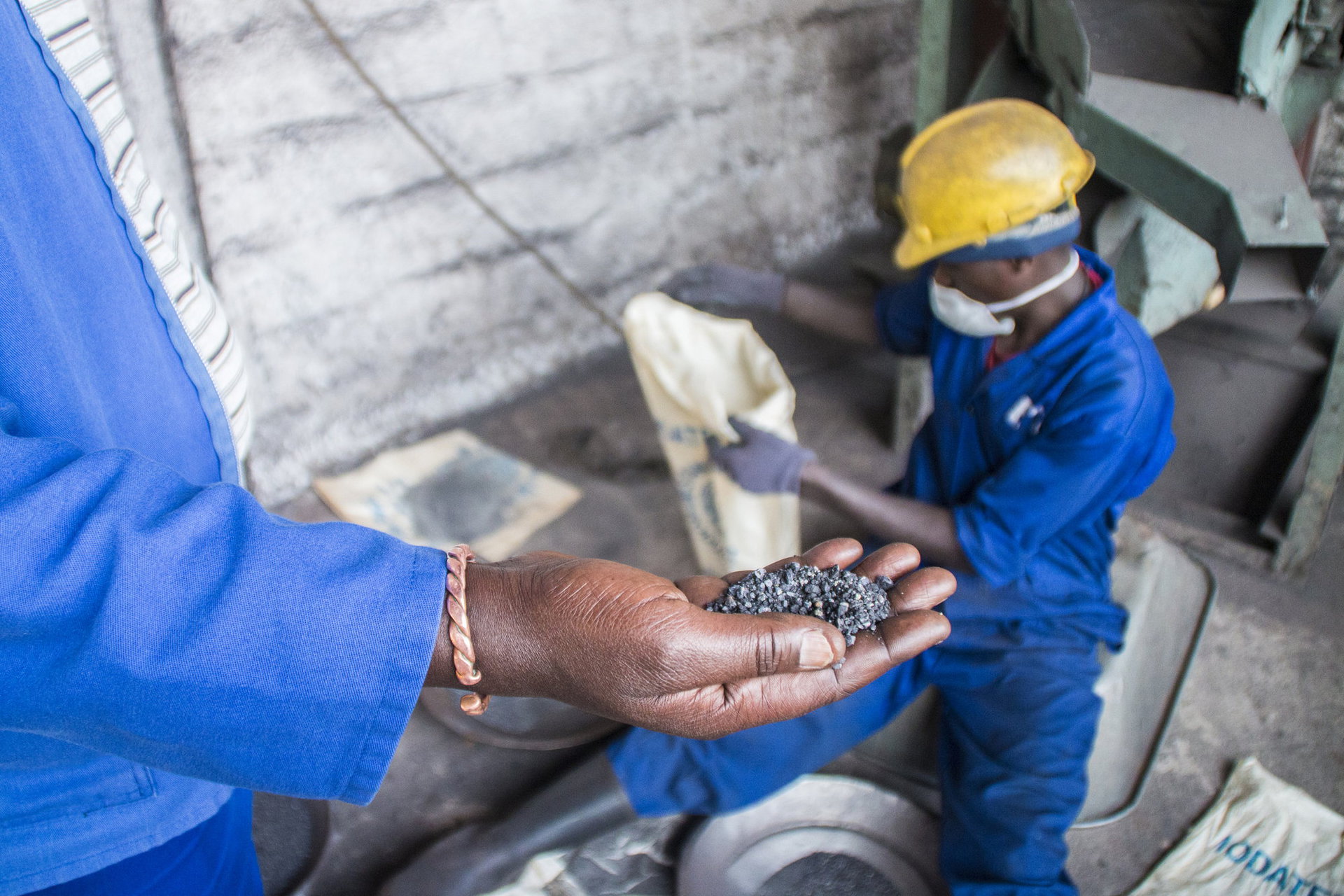
AA: How much of Fairphone’s components come from recycled materials?
TW: It’s hard to give an exact figure, but we use recycled materials wherever possible, including plastic and copper. We are working to map the main metals used in Fairphone 2 as the first step to have better insights in the ratio of recycled vs virgin metals that we use. Simultaneously, we engage our suppliers to determine opportunities and identify who is responsive and motivated to work together with us on this topic and increase the usage of recycled materials. This approach is good for us because it reduces costs, but also good for the suppliers too. In Fairphone 2 we are also focusing on the manufacturing process and work towards reducing its environmental footprint. This also includes sourcing minerals from conflict-free regions as well as conflict-free mines within conflict regions.
EP: This brings me to my next question. There are a lot of reassuring statements in your webpage in terms of environmental friendliness, but how can the average consumer make sure that these are not just fancy statements? What kind of experts do you have on your team who can judge whether the material sources are indeed coming from conflict free regions and the suppliers that you work with are concerned with worker rights and safety conditions? Do you take any external consultation on these issues?
TW: We have a converging approach working from downstream and upstream. We work with initiatives which are specialised in evaluating the extent to which the mineral source could be classified as conflict-free. The second route is working from the downstream, continuing our relationship with individual factories which we have already partnered with in the previous manufacturing stages and judged them to be sufficiently meeting our environmental sustainability standards.
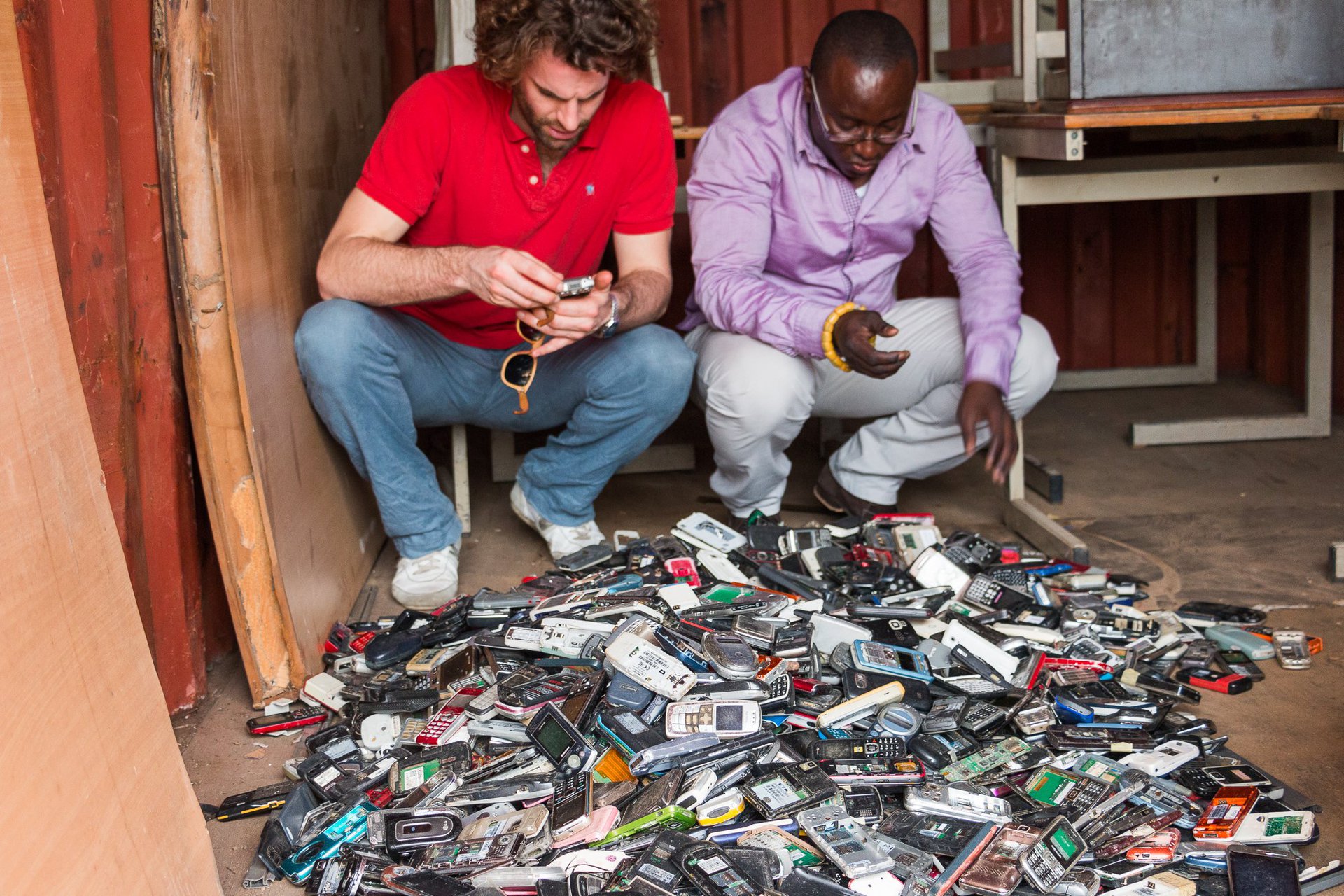
EP: The idea of modular design is brilliant and Fairphone states that it will improve the longevity of the phones. Is this something you anticipate or actually an experience which comes from the first-generation of FP? How long FP will commit to provide spare parts for the models? Will it be possible to upgrade key components such as the SoC or camera keeping the shell as it is? If upgrade is not possible, what is the key reason that you claim that the current modular approach will improve on longevity?
BB: As Fairphone we have 4 domains that we want to make improvements: mining; design; manufacturing and the life cycle of the product. From the first generation to the second-generation we focused on the design aspect to go ahead with a modular approach in order to improve the longevity of the device. We are committed to supply replacement parts for various components of the smartphone as long as we can.
EP: Supplying replacement parts is one thing, but will you also launch new components to upgrade parts; for example, to replace the existing 8 MP rear camera with a 16 MP version?
BB: So far, we do not have a concrete roadmap for these kind of updates, but the modular approach makes all of these directions possible, which also includes software updates as we want to make our platform open source for app developers.
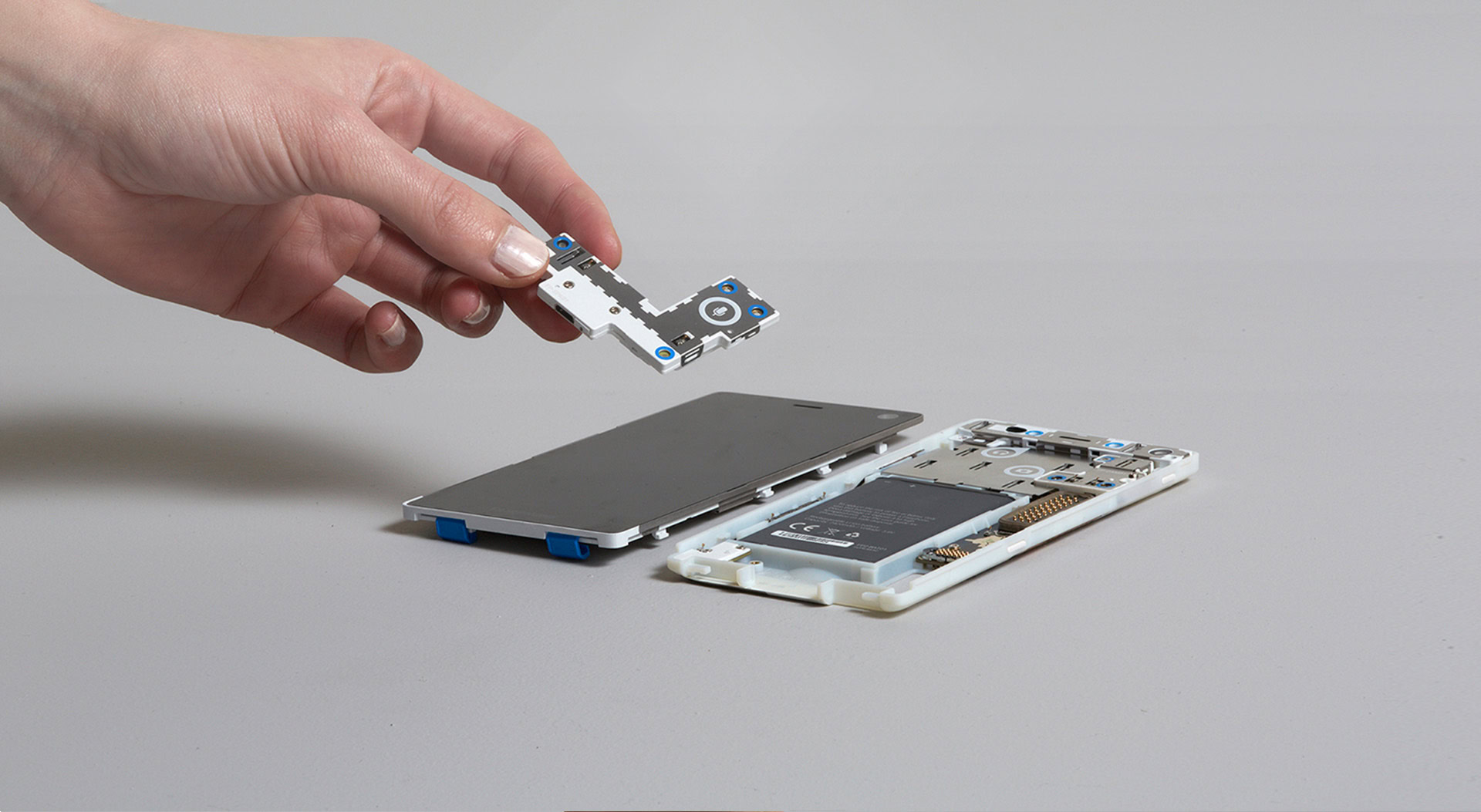
EP: How long is the warranty for FP2? it is an all inclusive international warranty?
BB: I don’t know the exact terms of the warranty, but the duration is 2 years and it is important to point out that Fairphone warranty includes opening up the phone and dislocating each independent module from their sockets which may not be possible for other devices in the market. Of course, there may be some limitations if one wants to go even further than this to open up individual modules.
EP: In the domain of your expertise, what are the additional information that you can provide to our readers about the second-generation of the Fairphone?
BB: Our aim is to set an example for fairer electronics in terms of social and environmental footprint. We started Fairphone in this spirit. For the first generation we used and licensed an already existing design to make this project financially feasible. However, Fairphone 2 is completely designed by Fairphone from scratch which enables us to improve on modularity and longevity of the design itself, as well as the composition and leverage over the supply chain.
This also helps us to have greater leverage in the supply chain (for example, the manufacturer which provide the camera module) and establish stronger ties with those manufacturers which we judge to meet our environmental sustainability criteria (for example in mineral sourcing). Overall, this is the biggest improvement in the manufacturing process from the first to the second-generation.
EP: In essence, you’re saying that the Fairphone will continue evolving under the skin in terms of its environmental footprint although the users may not detect visible differences?
BB: Yes, since we will continue to produce Fairphone 2 in the coming years, we will continue to build and improve the relationship with the individual suppliers to improve the social and environmental performance in the supply chain. If you consider that there will always be things that one can improve in terms of worker conditions, we are facing a huge opportunity to make our business more fair which each step no matter how small it may be.
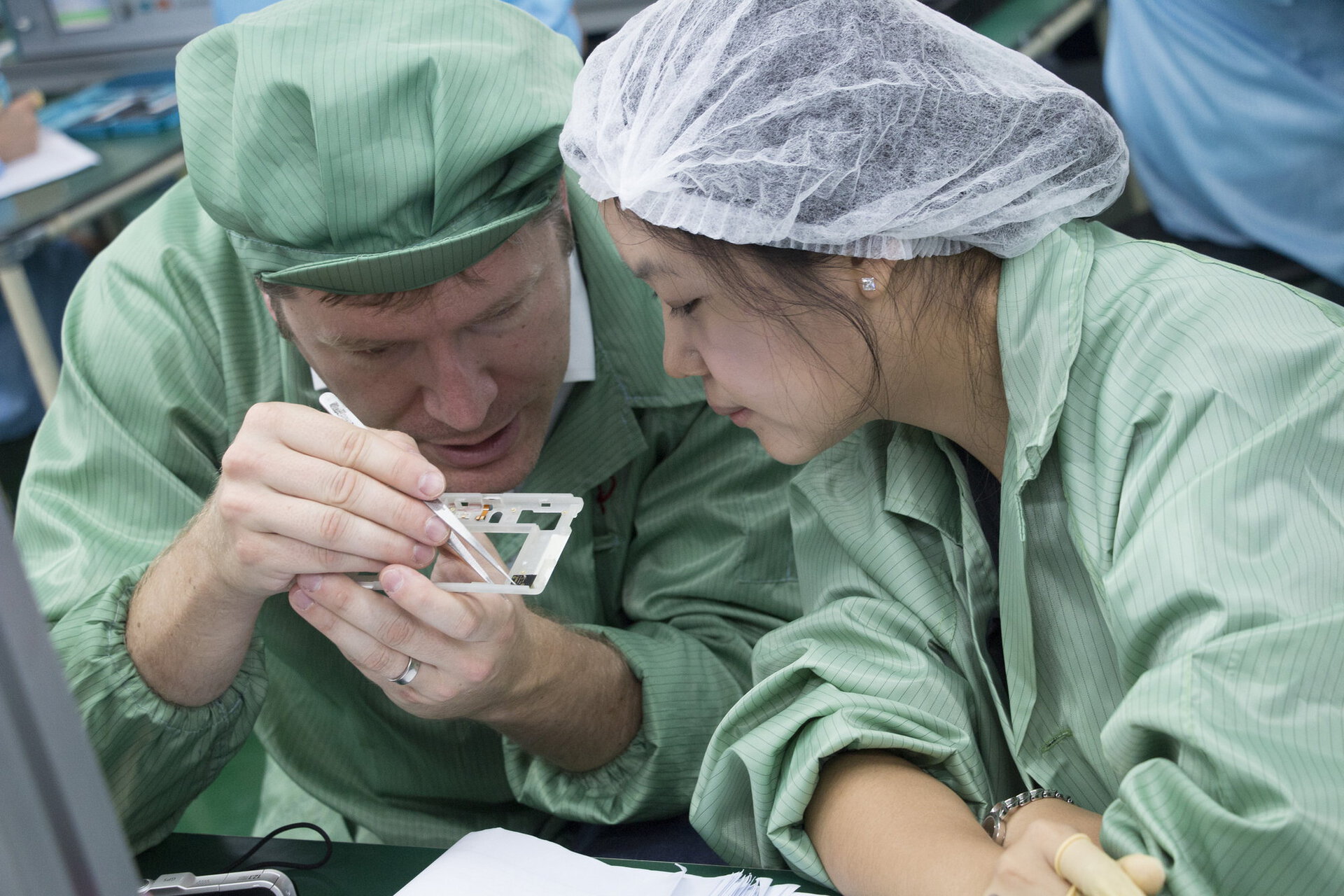
EP: That said, how do you evaluate the well-being of the workers? What are the consequences if one of the suppliers does not meet the acceptable criteria?
BB: I think this is a very relevant question and it is something that we are continuously working on, because sometimes what we think as theoretically the best approach in Europe does not work as we expected in China. For us, the key value is maintaining trust between us and the suppliers or manufacturers that we work with. So far we don’t have a strong liability policy against the suppliers as we do not have a big financial leverage as some of the other major OEMs might have, but worker conditions is always among our top priorities in running a fair business. We are making investments into training workers for relevant skills and work with worker representatives to improve the working environment to meet health and safety standards and this could range from the lighting conditions to the placement of fire extinguishers, thinking that every small improvement would snowball and create a greater positive impact in the long run.
EP: In our previous post, I had argued that if we had a small message appearing on the screen just after we boot our devices, saying that “these devices assembled by X person in Y region” etc. I thought this approach, similar to the signature plates that we are getting used to seeing on the engines of sports cars, would increase worker’s sense of belonging and improve on the transparency of the OEMs assembly operations. Is this an extreme idea even by the Fairphone standards?
BB: We actually do this, but in a different way. We have good deal of information on our website where people can learn more about worker stories and our up-to-date activities. We encourage people to visit our Blog, Community and Resources sections of our webpage.
For more information about Fairphone, please visit them on www.fairphone.com We will be reviewing the Fairphone 2 in the upcoming weeks.